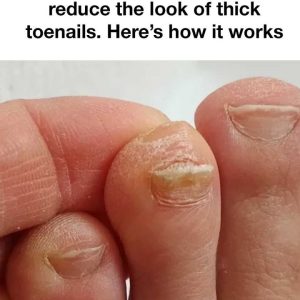Honey is one of nature’s sweetest gifts — not only delicious but also packed with nutrients, antioxidants, and health benefits. From soothing sore throats to boosting energy, it’s a staple in many households. But with the rising demand for honey, the market has also seen a surge in fake or adulterated honey . Some unscrupulous sellers dilute pure honey with syrups like corn or rice syrup to maximize profits, leaving consumers with a product that looks like honey but lacks its true benefits.

This method is surprisingly effective and easy to perform at the store or at home.
- Hold the honey bottle upright , then shake it three times up and down.
- Quickly flip the bottle upside down and observe the air bubbles inside.
- If the bubbles rise slowly and take a long time to disappear (up to 1–2 hours), you’re likely holding real honey .
- If the bubbles rise quickly and vanish almost immediately , the honey is likely fake or diluted .
If you’re already at home and want to double-check your honey, here are two more methods you can try:
- Fill a glass with room-temperature water.
- Drop a spoonful of honey into the center of the glass.
- Real honey will sink to the bottom in thick, cohesive strands without dissolving immediately.
- Fake honey will dissolve quickly , spreading out into the water as if it were syrup.
- Pure honey naturally crystallizes over time , especially when the temperature drops below 14°C (57°F) .
- When kept in a cool place, real honey will become thick, cloudy, and grainy — this is a sign of its natural sugars (glucose and fructose) solidifying.
- If your honey never crystallizes , even in cold temperatures, it may be adulterated or overly processed .
- You can also reverse the process by warming the honey above 20°C (68°F) — real honey will return to its smooth, liquid form.





